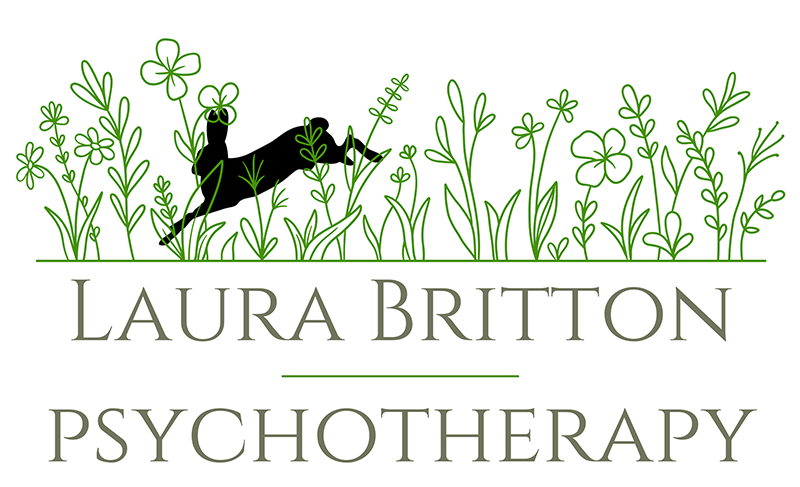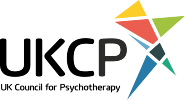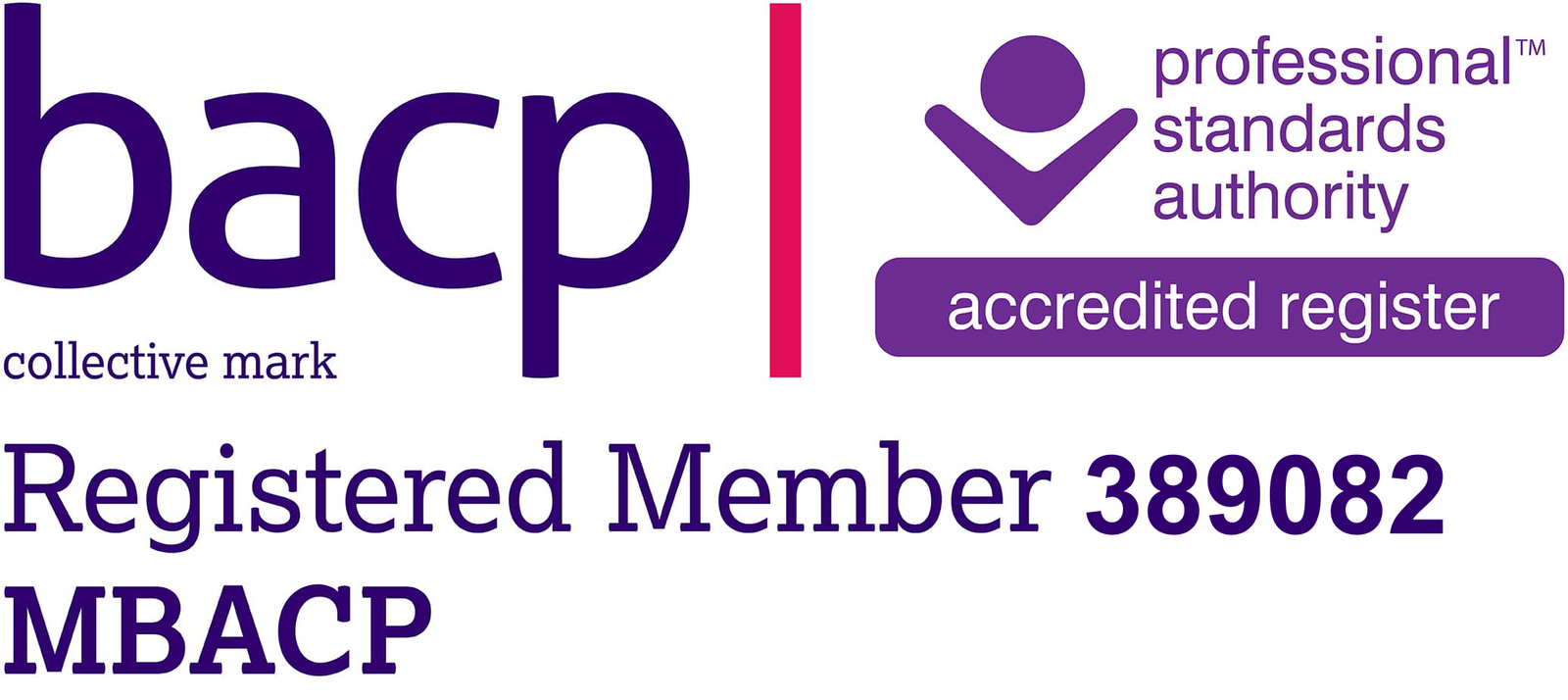Eye Movement Desensitisation and Reprocessing (EMDR)
I am a trained EMDR therapist, dedicated to providing transformative Eye Movement Desensitisation and Reprocessing (EMDR) Therapy for individuals of all ages, including both children and adults. This innovative therapy is highly effective in reprocessing traumatic memories and events, alleviating distressing thoughts and images, and helping clients manage anticipatory anxiety—those feelings of unease that can arise before facing challenging situations. Additionally, EMDR can provide support in navigating the complexities of grief and loss, as well as overcoming deep-seated fears and phobias.
Recognised by the National Institute for Health and Care Excellence (NICE) as a leading treatment for post-traumatic stress disorder (PTSD), EMDR is also endorsed by the World Health Organization (WHO) as an effective intervention for children.
💡 What Is EMDR Therapy?
EMDR (Eye Movement Desensitisation and Reprocessing) helps the brain reprocess difficult memories, thoughts, or emotions that feel "stuck." It does this by using bilateral stimulation (such as eye movements or tapping) while you recall aspects of a distressing experience.
This allows the brain to reprocess information in a healthier, less distressing way — reducing the emotional intensity attached to the memory.
🌟 Benefits of EMDR for Adults
✅ Effective for Trauma and PTSD
EMDR is one of the most researched therapies for trauma and is shown to reduce symptoms faster than traditional talking therapies.
✅ Reduces Anxiety, Panic, and Phobias
EMDR can be used for anxiety disorders, phobias, and panic attacks.
✅ Supports Grief, Low Self-Esteem, and Shame
It helps uncover and shift negative beliefs formed from early or painful life experiences.
✅ No Need to Talk in Detail
Unlike other therapies, you don’t have to describe the memory in full, making it especially helpful if speaking about the experience feels overwhelming.
✅ Lasting Results
Many clients find that once the memory is reprocessed, emotional distress doesn’t return, even when they think about the event again.
🌱 EMDR Therapy for Children and Young People
Children and teens may struggle to put their feelings into words, but EMDR works with the brain's natural ability to heal, even when verbal expression is limited. Sessions for young people are adapted using play, art, or storytelling where appropriate.
Benefits for young clients include:
🎒 Helps Process Difficult Events
Such as bullying, divorce, medical trauma, accidents, or grief.
🧠 Improves Emotional Regulation
By reprocessing distressing experiences, young people can feel less anxious, angry, or fearful in everyday life.
🌼 Builds Confidence and Resilience
Releasing stuck emotions often leads to more positive self-belief and greater emotional flexibility.
🧸 Gentle and Child-Friendly
EMDR can be adapted using games, drawings, or puppets to suit the child’s developmental level.
🔍 EMDR Can Help With:
- One-off traumatic events (car accidents, medical trauma, falls, injuries, distressing incidents at school)
- Childhood trauma or experiences that felt overwhelming but were never fully processed.
- Anxiety, panic attacks, or phobias
- Ongoing stress, grief, or feelings of being emotionally stuck.
🔧 How EMDR Works
-
Begins with a detailed assessment and stabilisation phase
-
Uses eye movements, sounds, or tapping to activate both sides of the brain
-
Helps the brain 'digest' difficult experiences and store them in a more adaptive way
-
Does not require reliving or re-telling the trauma in detail
-
Sessions can be delivered in-person or online with appropriate adaptations
To facilitate this process, I offer online sessions using the dynamic platform Bilateral Base. During these sessions, clients engage in bilateral (side-to-side) eye movements and, at times, auditory bilateral input, all designed to promote emotional processing and healing. I use a variety of techniques including bilateral eye movements, tapping, or other methods to create a supportive environment, ensuring a safe and nurturing experience for everyone on their healing journey.
It can also be especially helpful for children and young people who’ve experienced trauma, grief, or difficult experiences. It helps reprocess memories or emotions that feel stuck, making them less overwhelming. With children, EMDR is adapted to be fun and approachable, often involving activities like drawing, storytelling, or even gentle movement. The goal is to help your child feel calmer and more in control of their emotions, without needing to relive the difficult experiences.





